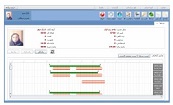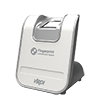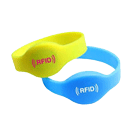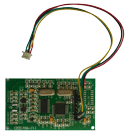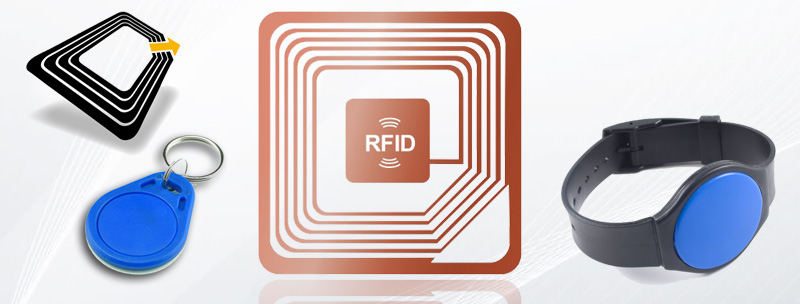Radio Frequency Identification, or RFID technology, brings considerable developments in the IIOT, or Industrial Internet of Things, including smart inventory management. It offers a fast and low-cost way of counting or placing products in the warehouse. Many innovative strategies, including absolute and relative positioning approaches, have been suggested for this application in the last decade.
An introduction to RFID technology
RFID stands for radio frequency identification that is regarded as one of the identification technologies. Today, many companies, public and private organizations worldwide use this technology to accelerate and improve their processes. The importance of RFID in our life is that this technology has been known as the top 100 list of world’s best technology in the past five years. RFID performance depends on two devices of tag and reader to communicate between each other using radio waves that use radio waves to communicate with one another.
Components of RFID system
ID or Tags
Card Readers
Card Readers: RFID Card Readers can write or read the information on tags and send data to a central server through web software.
Tag: Includes a small memory and antenna that is very small, and they market to various forms such as labels, keyrings, cards, etc. Tags can save information on his memory until it is identified if necessary. There are different types of tags that can be divided into two main classes:
- Active Tag: provides required energy from own battery for processing and transmission waves to antenna. The range of these Tags in some cases is up to several hundred meters.
- Passive Tag: have not battery and provides vital energy from the signal that received from the reader antenna.
Working Methods working RFID
The tag includes an electronic circuit connected to the object, which is necessary to have an identification code. When the title is placed near or in the reader's range, the magnetic field generated by the card reader activates the tag. Continuously, tags send data via the radio pulses—finally, data received by the reader and processed by the appropriate software.
The benefits of the use of RFID compared to barcodes, magnetic tape
One of the main differences between Barcodes and RFID is following barcodes from a technology called "line of sight." It means that a scanner device is required to see and read a barcode. So the code must be placed in scanner view to read a barcode. In contrast, based on radio frequency identification does not need "line of sight." As long as RFID tags are in the acceptable range code reader, there will be the possibility of reading them.
Types of RFID Smart Cards
RFID card usually works with smart cards. Smart cards are divided into contact and contactless categories. The big difference between these categories is the types of transfer data. In contactless cards, there is no physical contact between card reader and card. The information is transferred through radio waves. This type of card is a kind of RFID card that includes processors.
RFID applications
- Payment systems: pay for subway, bus tickets, POS systems in different places, hotels, etc.
- Identification documents and certificates: electronic passports, national ID smart, smart driver's license, etc.
- Airport transportation, highways: tracking trucks and carrier cars, Control passenger suitcase, Issuance card flying, automated toll system in highway, etc.
- Management supply chain: warehousing, control estate, control product life-cycle, sales and trading, after-sales service, etc.
- Security system and access control levels: a comprehensive security management system for commercial, administrative, tracking personnel, personnel entry and exit control systems, automatic parking system, etc.
- Marking animals: often, RFID tags in the form of a ring are placed on the neck of an animal that will be tracked, and in some cases, RFID tags can be embedded in the animal's ear and by it carry research and studies.















































